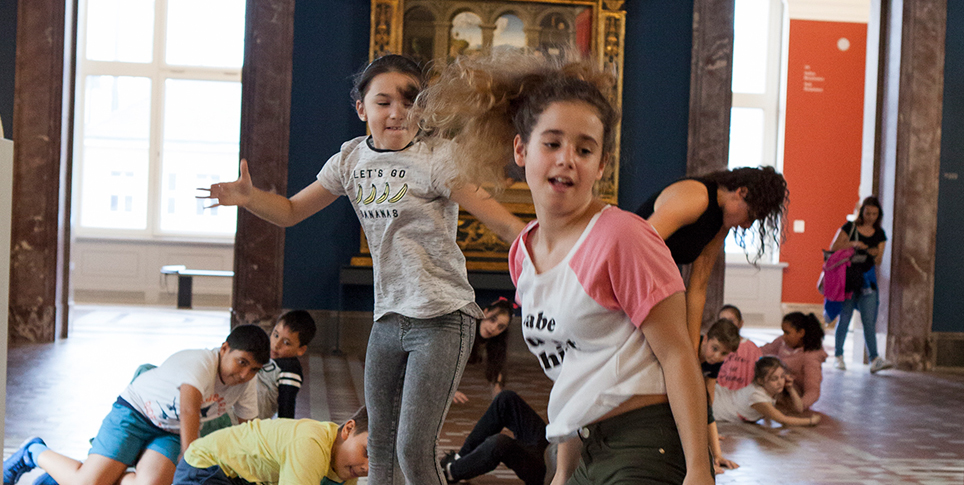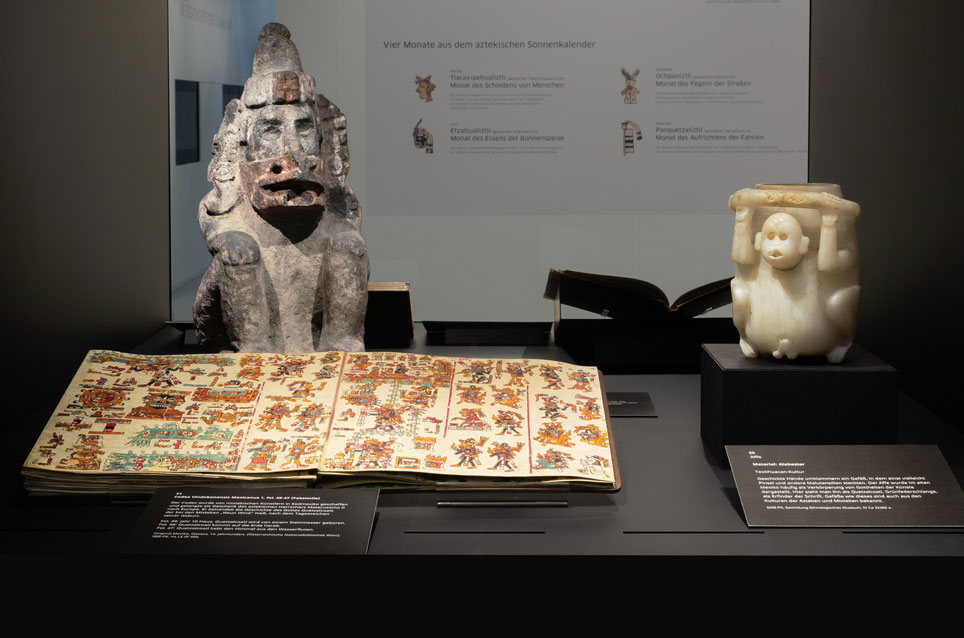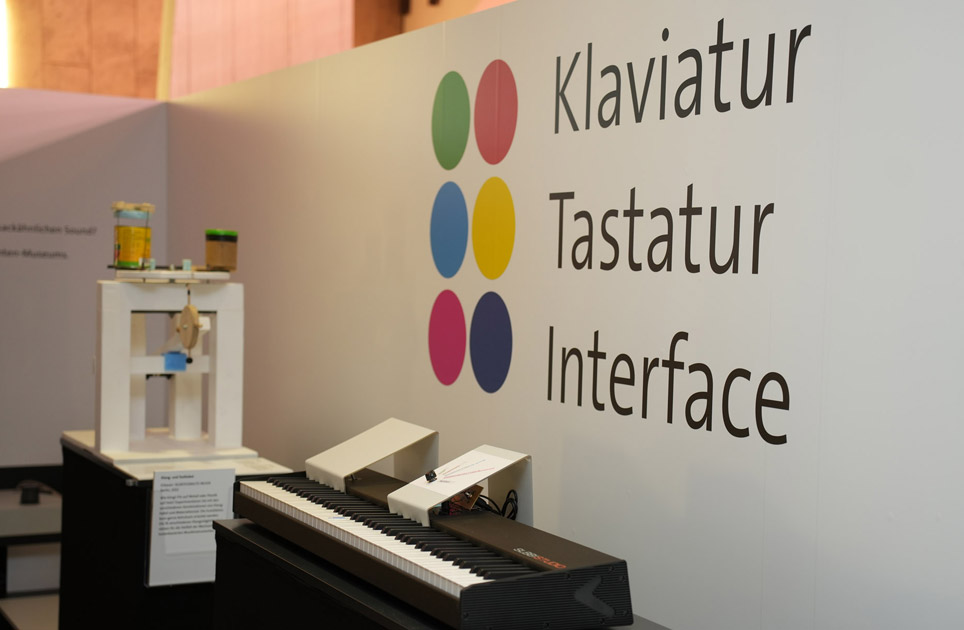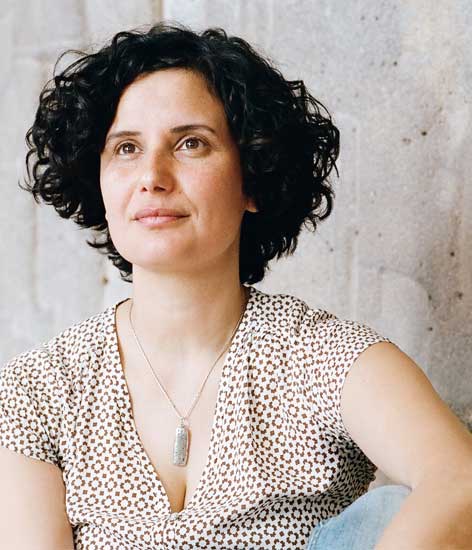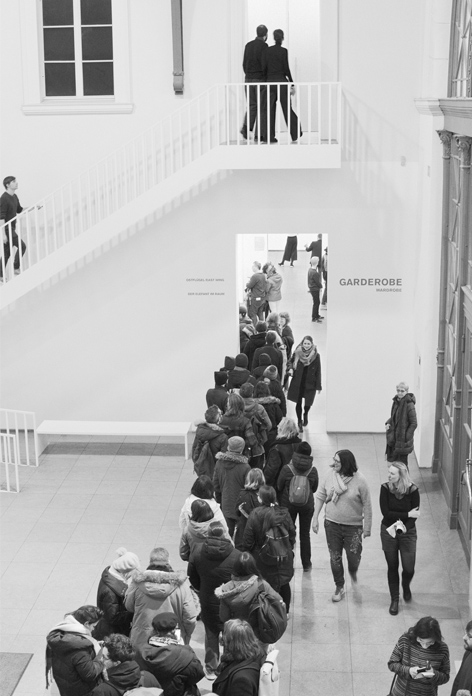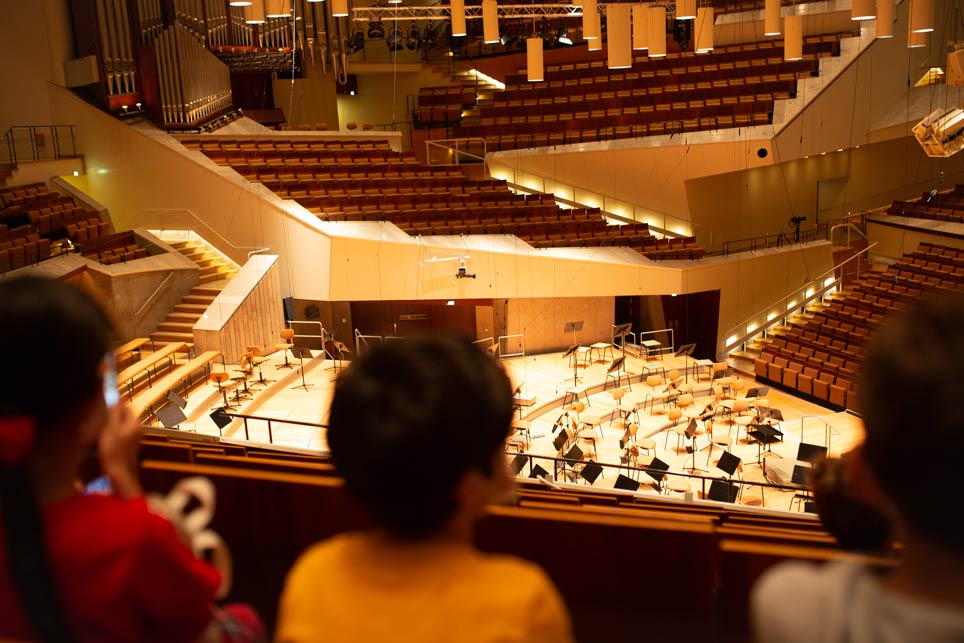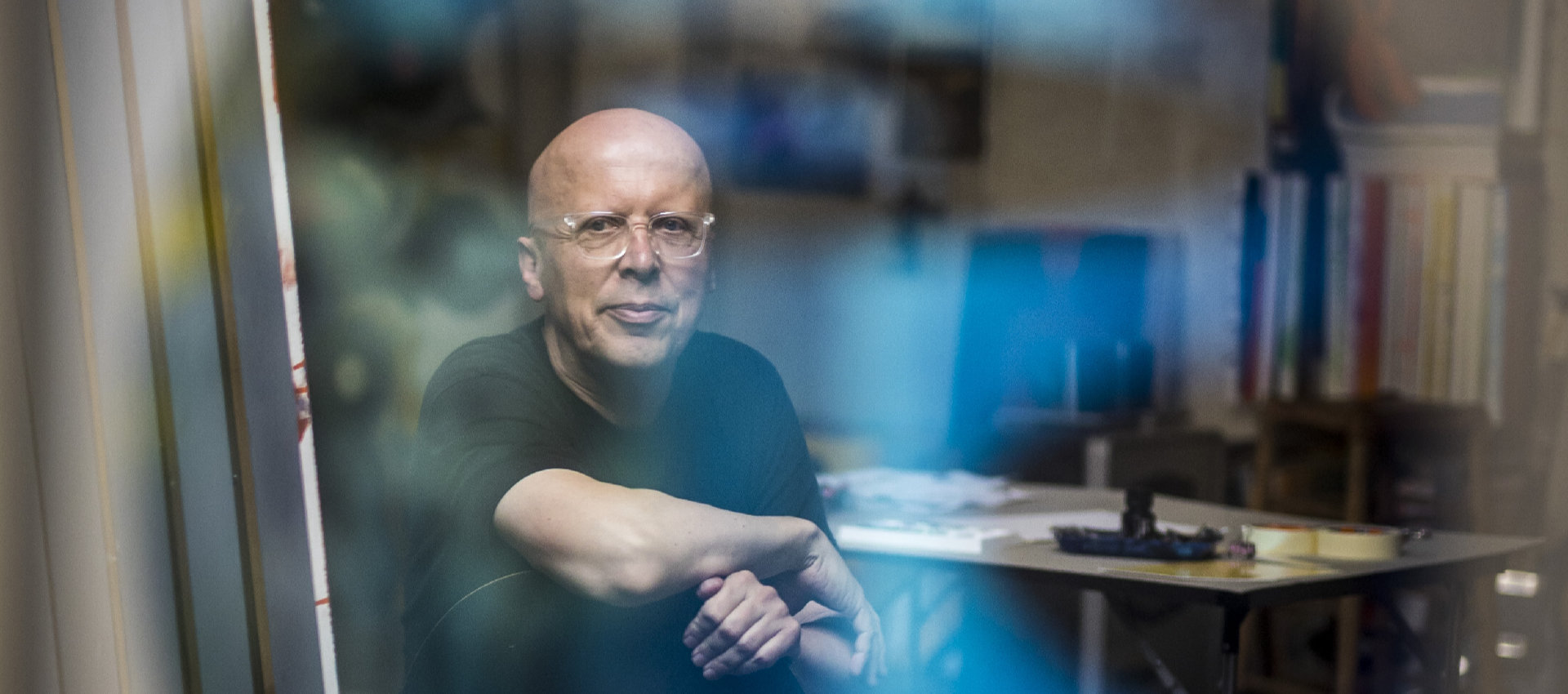How can we give the next generation an understanding of our cultural heritage and its meaning and keep it alive? Here is an overview of education and mediation projects in SPK institutions.
History to Go: The Geheimes Staatsarchiv Preussischer Kulturbesitz Archive Box
Since September 2017, the Geheimes Staatsarchiv (Prussian Privy State Archives,GStA PK) Archive Box has been bringing Prussian history right into Berlin’s classrooms, laying the foundation for critical primary research. True to its motto, “Preserving archival materials – researching history,” the GStA PK has put together an archive box with replica documents, seals, maps, and more for its work in cultural education. The objects are from the 800 years of (Brandenburg) Prussian history. The collection comprises historical periods from the Thirty Years’ War, the 1848 Revolution, and the Industrial Revolution to World War I. It helps school-age children from grade eight onwards gain new insights into historic milestones. At the same time, they learn how to deal with sources and archival materials and understand their significance for historical research. In this way, they can engage actively, independently, and critically with the past. Interested teachers and student teachers can borrow a GStA PK archive box including teaching materials free of charge.

Lab Bode 2017 © Staatliche Museen zu Berlin / Nina Hansch
Connections: Get on the Island!
Connections, a large-scale education and mediation project by the Staatliche Museen zu Berlin (National Museums in Berlin), kicked off on Museumsinsel (Museum Island) in June 2017. Before the new Humboldt Forum even opens, Connections is testing various perspectives for future interaction with the institution. The special focus of the events is Humboldt Forum’s guiding principles regarding multiple perspectives, polyphony, presence, and audience orientation. Three days of action, a summer camp, and the seven-part Colonnade Bar series targeted to different user groups all took place from mid-June to mid-September. Along with focusing attention on the Humboldt Forum, the aim was to counter the idea that Museumsinsel is mainly interesting for tourists with a gesture of invitation. Berlin natives, new residents, school-aged children, and families with children had the chance to experience Museumsinsel as a vibrant neighbor during the summer months. The event formats that were tested as part of Connections addressed issues that crossed institutional lines and were highly visible in the public spaces of Museumsinsel. All activities took place in the Colonnade Courtyard. The project is supported by the Kuratorium Preussischer Kulturbesitz (Prussian Cultural Heritage Board of Trustees).
Direct Access to a Fantastic Romanticist: The E.T.A. Hoffmann Portal
Ernst Theodor August Hoffmann was a jack-of-all-trades: he composed and played music passionately, drew, practiced law – and with his multi-layered works Die Serapionsbrüder or Der Sandmann, he crossed the line between traditional and modern narrative. With the E.T.A. Hoffmann Portal, the Staatsbibliothek zu Berlin (Berlin State Library) has created a digital way to dive into the world of the fantastic Romanticist.
The portal has two pillars: the collection of digitized sources (Hoffmann digital) and the inter-database literature search engine (Hoffmann Suche). Since its launch in 2016, countless new items and functions have been added to the portal. Users can learn to read Hoffmann’s handwriting in a transcription quiz or take a virtual walking tour of Bamberg, one of his main places of activity, and learn about the events that shaped his life. The history of illustration or the significance of Berlin literary salons can also be explored on the portal. When the project is wrapped up in December 2019, about 2,000 digitized items will have been made freely available online and for download, including editions of Hoffmann’s works, autographs and musical documents, and documents on later works and authors who were influenced by E.T.A. Hoffmann.
Digital Collections with Open Access in the Ibero-Amerikanisches Institut
Historical photographic plates of the Ibero-American cosmos, graphic prints from Mexico, Zarzuela librettos, various books – the treasures of the Ibero-Amerikanisches Institut (Ibero-American Institute) are as unique as they are valuable. Eleven thousand of the objects from these collections can be accessed online at any time and from any place, thanks to open access digital collections. Via OAI (Open Archives Initiative) interfaces, the data can be forwarded to national and international projects: for example, the library of the Ibero-American Cultural Heritage (Bibliotheca Digital del Patrimonio Iberoamericano).
Electronic Sound Garden in the Musikinstrumenten Museum
Alongside great bass pommers and sausage bassoons, the Musikinstrumenten Museum (Museum of Musical Instruments) has another sensation. With XenaX and KosmiX, its interactive music installations, the Electronic Sound Garden offers an inspiring environment for creative musical experiences. Anyone can improvise or compose music here without knowing anything about reading notes or playing instruments. Perception of sound is expanded and sharpened in the Electronic Sound Garden; the dimension of listening becomes more advanced. XenaX connects drawing a picture with composing music: lines drawn on a screen with a special pen are immediately converted into sounds. KosmiX is an interactive dance floor upon which dance is turned into music. Different movements by the dancer activate different sounds. The Staatliches Institut für Musikforschung (SIM) regularly offers workshops for the Electronic Sound Garden.
